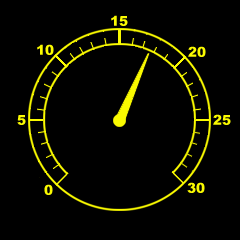A basic vacuum gauge is not expensive and can be extremely useful
in analyzing your engine.
The gauge values below are in the
standard units of INCHES OF MERCURY.
First, WITH THE ENGINE WARM AND IDLING there are 6 gauge patterns:
1 normal and
5 problem patterns
- worn rings
- stickingvalve
- burnt valve
- leaky valve
- worn valveguide
Next, WITH THE ENGINE WARM, BLIP THE THROTTLE there are 2 gauge patterns:
1 normal and
- worn rings or poor oil
Normal
IDLE condition: slight fluctuation around some number from 17 to 22.
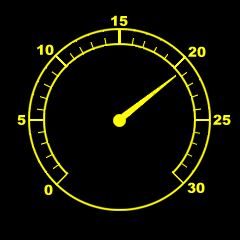
Problem:
IDLE condition: slight fluctuation aroundsome number
lower than normal by 4-5 points.
Analysis: Usually worn rings but could also be old engine oil, late ignition timing, a leaky vacuum
hose or a leak in the intake system.
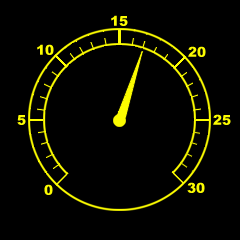
Problem:
IDLE condition: vacuum drops by 4-5 points occasionally.
Analysis: Usually sticking valve.
May also be misfire. Check the color and condition of the spark plugs.
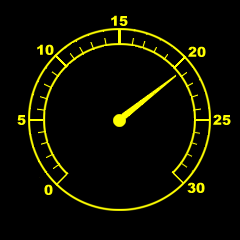
Problem:
IDLE condition: vacuum drops by 6-7 points on regular cycle.
Analysis: Usually a burnt valve.
Check the color and condition of the spark plugs.
Leak-down test to prove condition.
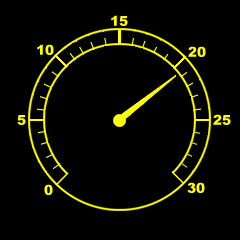
Problem:
IDLE condition: vacuum drops by 5-6 points on
regular cycle.
Analysis: Usually a leaky valve.
May also be misfire. Check the color and condition
of the spark plugs.
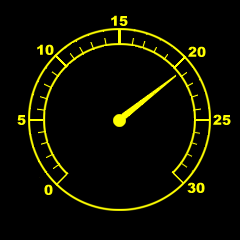
Problem:
IDLE condition: rapid fluctuation of 3-4points on regular cycle.
Analysis: Usually a worn valveguide. Exhaust maybe smoking be present.
If engine speed changes with the needle, check for leaks inthe intake system.

Normal THROTTLE BLIP condition: rapid fall to 2 on acceleration then over vacuum(25) and return to normal.
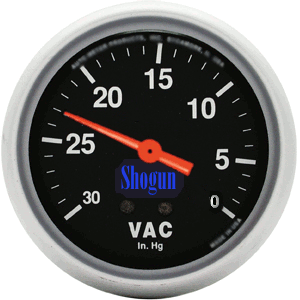
Problem:
THROTTLE BLIP condition: rapid fall to 0 on acceleration and over
vacuum and return to to a lower than normal reading.
Analysis: Usually worn rings or old oil
